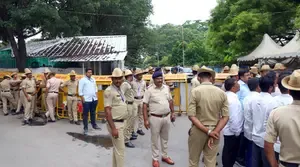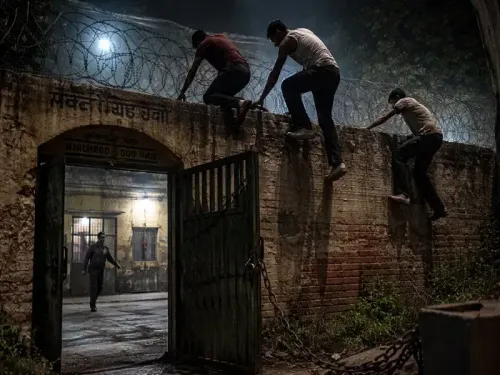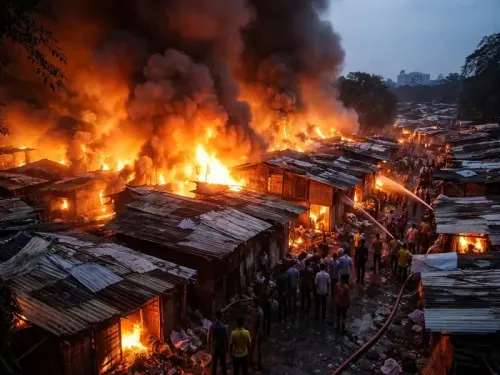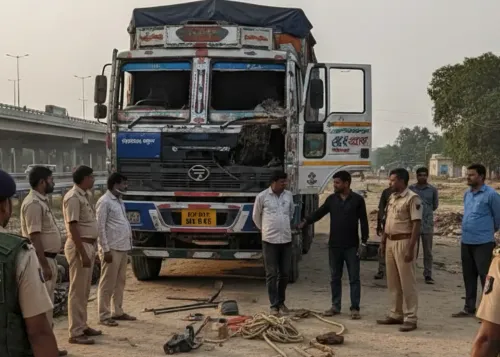How is Karnataka Enhancing Crowd Management After the Stampede Tragedy?

Synopsis
Key Takeaways
- The Karnataka government has introduced SOPs for crowd management.
- These procedures focus on enhancing public safety at mass gatherings.
- Police officers are instructed to adapt guidelines to local needs.
- Venues must comply with safety standards to host large events.
- Effective crowd control measures are now emphasized in planning.
Bengaluru, July 1 (NationPress) The government of Karnataka has developed a set of standard operating procedures (SOPs) aimed at managing crowds during events and mass gatherings, particularly in light of the tragic stampede on June 4 that resulted in the loss of 11 lives during the Royal Challengers Bengaluru team’s victory celebration.
On Tuesday, the office of Director General M. A. Saleem released these new SOP guidelines, which include comprehensive details on pre-event planning, coordination, on-site deployment, access control, emergency readiness, arrest protocols, crowd dispersal techniques, and the appropriate use of force.
The SOP serves as a reference for police personnel and event organizers, emphasizing the need for context-specific decision-making. Officers are encouraged to tailor the SOP to meet local requirements while adhering to the fundamental principles of public safety, legal compliance, and human dignity.
These guidelines aim to create a standardized approach for effectively managing crowds while safeguarding public safety, individual rights, and maintaining law and order.
According to the guidelines, police responses should focus on life safety, rights protection, preventing property damage, and de-escalating potential conflicts.
Modern gatherings are often spontaneous and heavily influenced by social media, which calls for adaptable strategies to mitigate likely challenges.
The venue safety audits within these guidelines require ensuring compliance with safety standards, including capacity limits, entry and exit routes, an emergency evacuation plan, and reliable communication infrastructure.
Venues that do not pass safety audits will not be authorized for high-traffic events. Police officers are instructed to collaborate with organizers to collect essential information. Additionally, there are specific measures outlined for managing barricades to control crowd flow.










